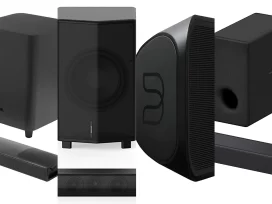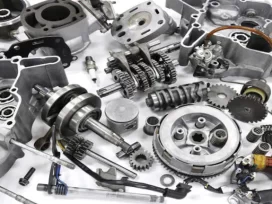
Quality Control for Auto Parts
Over the course of a vehicle’s lifespan, auto parts will need replacing numerous times. From tires and brake pads to engine components and more, there is much that goes into keeping an automobile running optimally.
Many companies manufacture auto parts to keep vehicles running optimally and securely. These businesses offer quality replacements at reasonable prices to their customers.
Quality Control
Quality control is an essential element in manufacturing automotive parts. It guarantees your car runs optimally and doesn’t experience any issues while on the road.
The quality assurance process begins long before your car leaves the assembly line. It begins with prototypes, which are examined for weaknesses and mechanical issues.
Once the prototype has been reviewed and approved, production begins. Quality assurance checks continue during this stage as each vehicle undergoes testing for fluid leaks, mechanical problems and proper assembly.
Frontline workers in automotive manufacturing rely on WorkClout to simplify quality inspections, corrective actions, knowledge building and ISO compliance. Utilizing field-validated scanning tools, the solution captures essential data and reports it real-time – making it simple to monitor alarms or escalations within workflows.
Visual Inspection
Visual inspection is an integral step in quality control. It guarantees products are sent out free from flaws or defects, and also helps prevent issues during the machining process, such as surface contamination or misalignment, from occurring.
In the automotive industry, it is essential that all components are thoroughly inspected before they leave the factory. Otherwise, an unfavorable defect or machine inaccuracy could occur.
Visual inspection can be divided into two categories: full manual sampling and automated visual inspection (AVI). The latter utilizes cameras, image processing methods, and machine learning algorithms to detect product flaws.
Automated visual inspection systems are becoming more commonplace, but there are still several hurdles that need to be overcome before they become industry standards. The primary issues include labor cost and lack of precision when using the human eye for inspection. Automation can help address these shortcomings; however, it must be accompanied by an effective quality protocol which guarantees employees receive adequate training and certification to perform the inspection correctly.
Matching Prototypes and Specifications
Prototypes are designed to demonstrate how a product will look, fit, and perform. Furthermore, prototypes offer designers an opportunity to see whether changes made during development will enhance the final result.
Additionally, prototyping can help identify potential issues in the production process and is an ideal way to test a product’s durability and performance under real-world conditions.
For instance, a prototype could be utilized to assess the impact resistance of a vehicle body. Doing this helps avoid potential damage during testing or transit.
Prototypes should also be made from the material intended for use in the final product, particularly plastic parts produced through FDM, casting, CNC machining, vacuum forming or injection molding.
Testing
Mechanical testing is essential to guarantee the materials used in auto parts are of the highest quality. This can be accomplished through various techniques, such as mechanical strength tests and fatigue tests.
Textiles used in automotive parts must also be tested to guarantee they can withstand normal usage throughout their lifespan. Tests may include abrasion testing to assess scratch resistance and martindale or taber abrasion tests for painted surfaces.
Electrical Compatibility and EMC testing for auto parts are critical areas to evaluate due to the high density of electronics in vehicles, the amount of radio frequency usage in the environment, as well as power bus electrical sources that may cause interference or disturbances.
Automotive parts are frequently exposed to harsh environments, including thermal shock and ozone exposure. This can significantly deteriorate the performance and durability of components used in vehicles.







